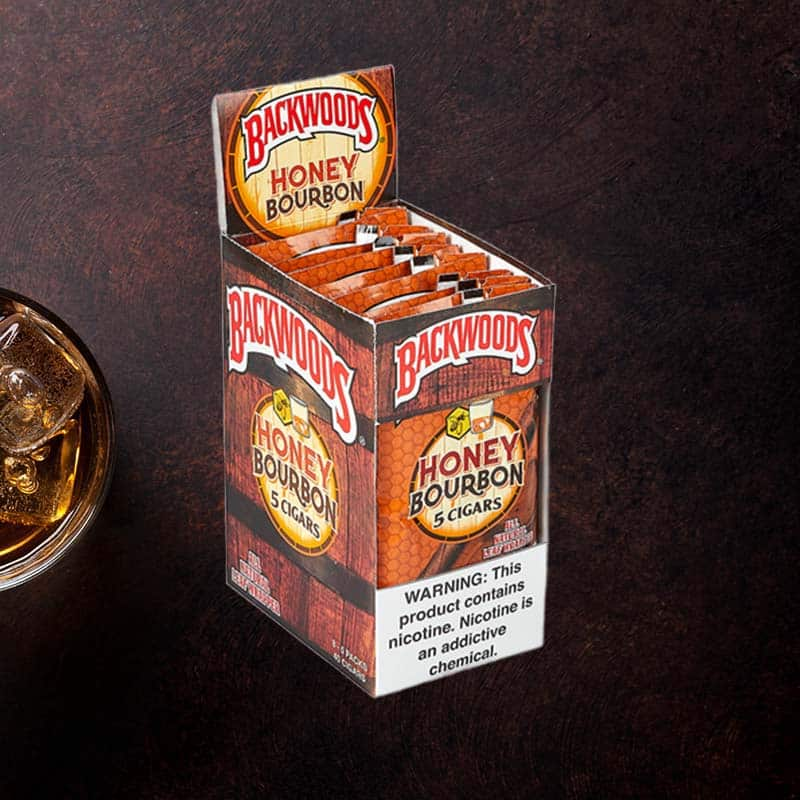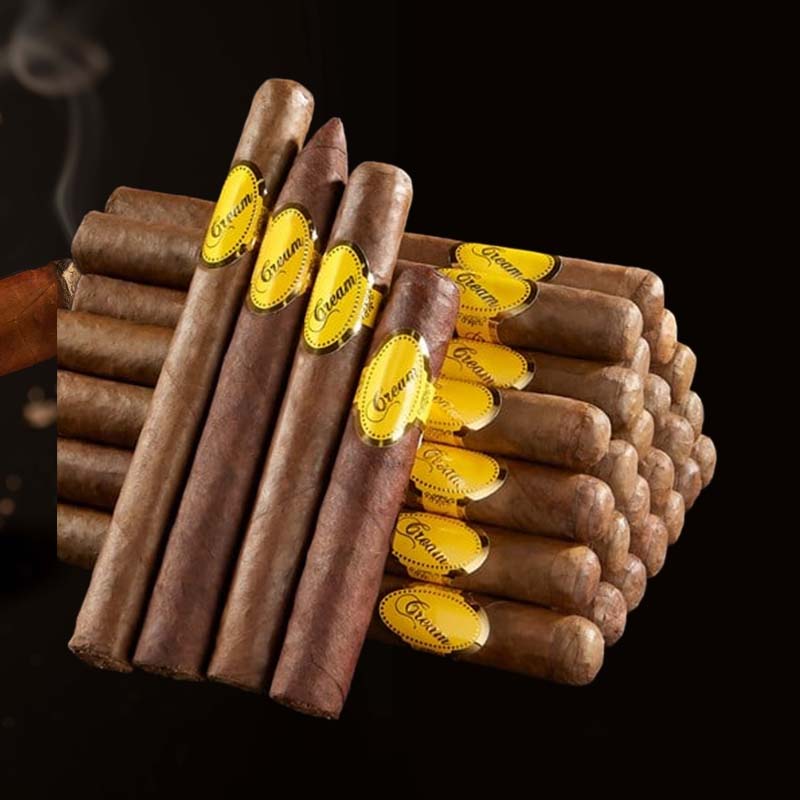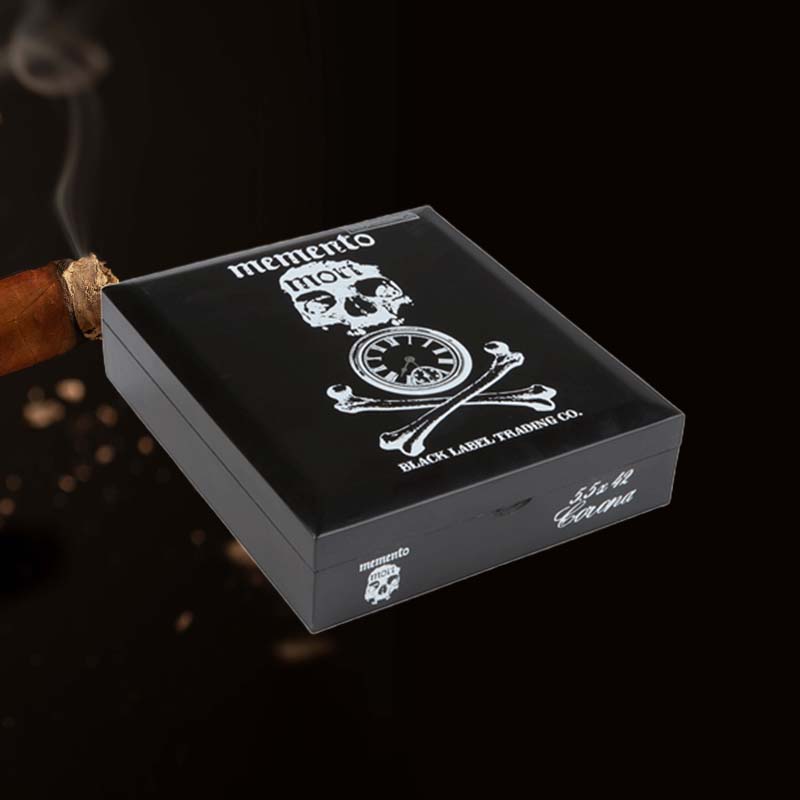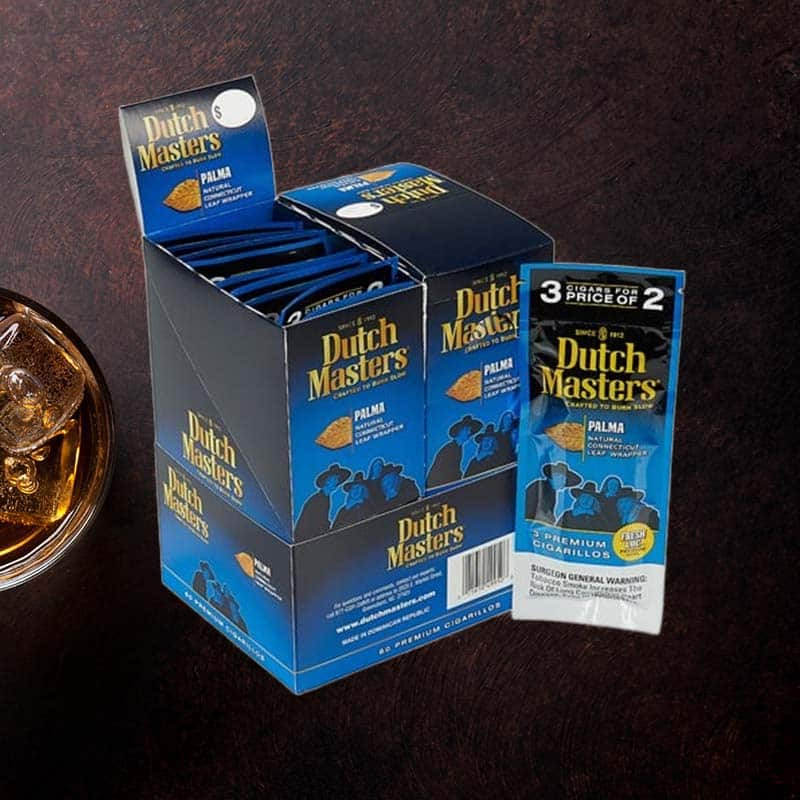How to fix mk torch lighter
Introduction: Fixing That Jet Lighter You Love
Have you ever found yourself in a sticky situation, frantically trying to light your favorite cigar or ignite a camping stove, only to realize your trusted MK torch lighter has betrayed you? I know that feeling all too well! The heartache of a faulty lighter can be overwhelming, especially when it’s one you’ve relied on for ages. But fear not! I’ve gathered some proven strategies to breathe new life into your cherished MK torch lighter. So let’s roll up our sleeves and dive into the world of repairs together!
Understanding the Importance of a Functional Lighter
A functional lighter isn’t just a tool; it’s an essential companion for many of my moments—whether it’s relishing a good cigar under the stars or starting a cozy fire for friends. The convenience, reliability, and elegance of a working MK torch lighter cannot be overstated. When it fails, it’s not just about practicality; it disrupts the warmth and camaraderie that often surround moments shared over smoke or flame.
Step 1: So What You’ll Need for This
Essential Tools and Materials
- Butane fuel
- Screwdrivers (flathead and Phillips)
- Cleaning cloth or cotton swabs
- Compressed air canister
- Pliers (if needed)
- Safety glasses (for protection)
Having the right tools is essential for a smooth repair process. Trust me; you don’t want to hunt around for a tool when you’re in the zone!
Step 2: Ok Diagnosis Time Doctor
Identifying Common Issues with Your Lighter
The first order of business is diagnosing what’s wrong. I’ve usually encountered issues such as:
- Failed ignition (no spark)
- Weak or inconsistent flame
- Fuel leak (hissing noise)
- Clogged jets
- Improper fuel filling
Pinpointing the issue will guide your repair efforts effectively.
Step 3: Opening Your Lighter Up
Carefully Accessing the Interior Components
Using your screwdriver, carefully take apart your lighter. Remember to keep track of screws so you won’t lose any during the process. It’s like unwrapping a surprise gift, but the contents can be a little more complex than a birthday present!
Step 4: Adjusting the Spark
Tuning the Ignition Mechanism for Better Performance
If the spark is weak or nonexistent, check the piezoelectric igniter. You can often adjust the spark intensity with a small screw. It’s a delicate balancing act, akin to tuning a musical instrument for that perfect note!
Step 5: Troubleshooting Specific Problems
Diagnosing Flame Issues: Height and Consistency
If the flame isn’t roaring to life as it should, I recommend inspecting the fuel adjustment screw. Sometimes just a modest twist can make a world of difference, similar to finding the sweet spot on a gumbo recipe.
Step 6: Cleaning the Jets
Removing Clogs for Better Fuel Flow
To clean the jets, carefully blow compressed air through them. You can use a cloth or cotton swab to wipe any debris or residue. Think of it like spring cleaning; a clean lighter ensures smooth operation.
Step 7: Bleed the Tank Before Refilling
Essential Steps to Safely Refill Your Lighter
Ensure no old butane remains by pressing the refill valve carefully. This not only clears the tank but also prepares your lighter for a fresh refill. It’s like starting with a clean slate for the best fuel experience!
Step 8: Wait for Your Lighter to Warm Up After Refilling
Allowing Proper Time Before Your Next Use
After refilling, let your lighter sit for a minute or so. It allows the fuel to stabilize, resembling the anticipation before cracking open a crisp bottle of champagne at a celebration.
Step 9: Use High-Quality Butane
The Importance of Proper Fuel for Performance
Quality matters. Using premium butane can enhance your lighter’s performance. It’s the equivalent of using organic ingredients in a gourmet dish—you’ll notice the difference!
Step 10: Check for a Hissing Sound
Understanding Potential Fuel Leaks
A hissing noise often indicates a fuel leak. Carefully inspect your lighter for cracks or damage, and remember that patching a leak is as crucial as fixing a flat tire on a road trip.
Step 11: Need to High or Low your Fuel Adjustment
Tips for Adjusting Fuel Levels
If you’re still having issues, try adjusting the fuel level. Increasing or decreasing it can help create a more stable flame, similar to adjusting the temperature when cooking, ensuring everything is just right.
Step 12: Try to Ignite but No Spark
Steps to Resolve Ignition Issues
If your lighter won’t ignite, consider checking the piezo ignition for damage or misalignment. It’s quite akin to ensuring the battery is seated properly in an electronic device.
Step 13: Air Trapped in Fuel Lines
How to Release Trapped Air
If fuel isn’t flowing freely, air can be trapped in the lines. Try bleeding the lighter again and refilling to ensure a smooth flow—like clearing an artery for proper circulation!
Step 14: Burners Getting Clogged
Signs of Clogging and How to Fix It
Clogged burners can result in a weak flame or irregular flow. Cleaning them with a bit of compressed air or a pin can often do the trick, resembling unblocking a clogged drain at home.
Step 15: Putting It Back Together
Reassembly Tips for Your MK Torch Lighter
Once you’ve completed your repairs, carefully reassemble your lighter. Pay attention to how it was taken apart—it’s a bit like piecing together a puzzle that reveals the bigger picture!
Conclusion: Keeping Your MK Torch Lighter Functioning Well
Regular Maintenance Tips for Longevity
Regular maintenance—cleaning jets, checking fuel levels, and inspecting for damage—can greatly extend the life of your MK torch lighter. It’s similar to how we care for our trusty vehicles; a little upkeep goes a long way!
FAQ
What causes a torch lighter to stop working?
Common causes include fuel depletion, clogged jets, and ignition failure. Checking each element systematically will usually reveal the underlying issue.
How do you fix a torch lighter that won’t spark?
If your lighter won’t spark, check the igniter mechanism, adjust the spark gap, or replace it if damaged. Regular cleaning can also help prevent farther issues.
Why is my butane lighter not igniting?
Potential reasons typically include empty fuel tanks, clogged jets, and malfunctioning ignition mechanisms. Investigating these factors should help in resolving the issue.
Why is my torch lighter not releasing butane?
Often, this results from a clogged refill valve or air trapped in the fuel lines. Bleeding the lighter and cleaning the valve should alleviate this problem.




















